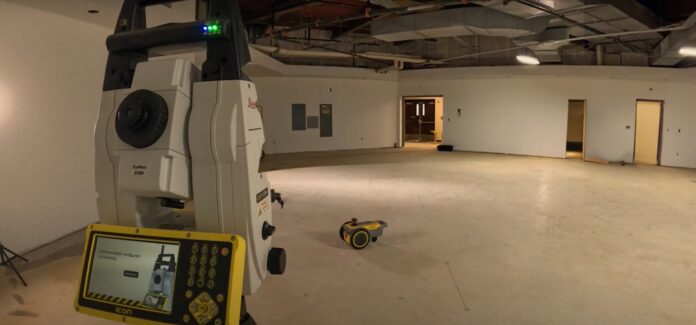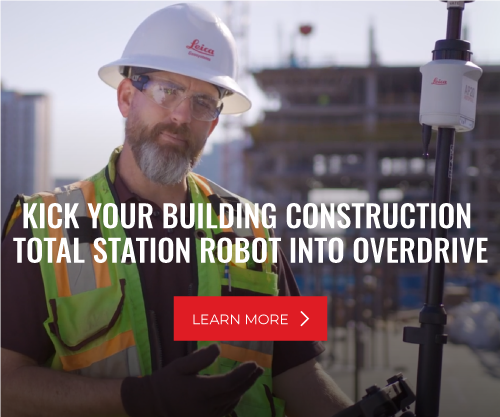The construction industry is undergoing a remarkable transformation, driven by the integration of advanced robotics. As traditional methods face challenges such as labor shortages and the demand for increased efficiency, robotics offers innovative solutions that are reshaping the landscape. From speeding up processes to enhancing accuracy and safety, robots are becoming indispensable tools on construction sites. This shift not only reduces physical strain on workers but also attracts a new generation of tech-savvy professionals.
In a recent episode of the Tech Insider podcast, Jason Culp, director of VDC and Construction Technology for NOAR Technologies, highlighted the trends he’s seeing with robotics. Here are five key ways robotics is revolutionizing construction:
1. Enhancing Efficiency and Speed
Robotics in construction significantly boosts efficiency by reducing the time needed for tasks. As Jason Culp mentioned in the Tech Insider podcast, a task that would take three weeks and three workers can now be completed in three and a half hours by one person using a robot. This increased speed allows companies to take on more projects in less time.
2. Reducing Physical Strain on Workers
The introduction of robots helps alleviate the physical demands of construction work. By replacing tasks like snapping chalk lines with automated systems, workers can focus on less physically taxing activities. “Construction can be really hard on your body physically,” Jason says. “Robots take some of that away so you can replace it with problem-solving and more creative endeavors.”
3. Improving Accuracy
Robotics enhances the precision of construction tasks. The use of automated systems ensures that measurements are exact, reducing the risk of human error. “The accuracy is going to be better,” Jason noted, comparing it to the difference between doing math in your head versus using a calculator. “Even if you’re very accurate with your chalk lines, it can’t always be perfect when you’re doing it manually.”
4. Creating New Skill Sets
The shift toward robotics requires new skills in the workforce. Workers are learning to operate complex machinery and software, which can lead to more fulfilling and varied career paths. Jason observes, “They learn this new skill set and they’re like, ‘Wow, this is really cool. This gives me a good purpose.’”
5. Attracting a New Generation to Construction
The integration of technology in construction is attracting younger workers who are interested in tech-driven careers. By offering opportunities to work with advanced equipment, the industry becomes more appealing to those who might not be drawn to traditional manual labor roles. “You add in these cool items, and all of a sudden, you’re drawing the attention of the younger people,” Jason explains. “Now you’ve got them interested in working in the industry.”
To discuss your needs with a building construction specialist, contact us.






